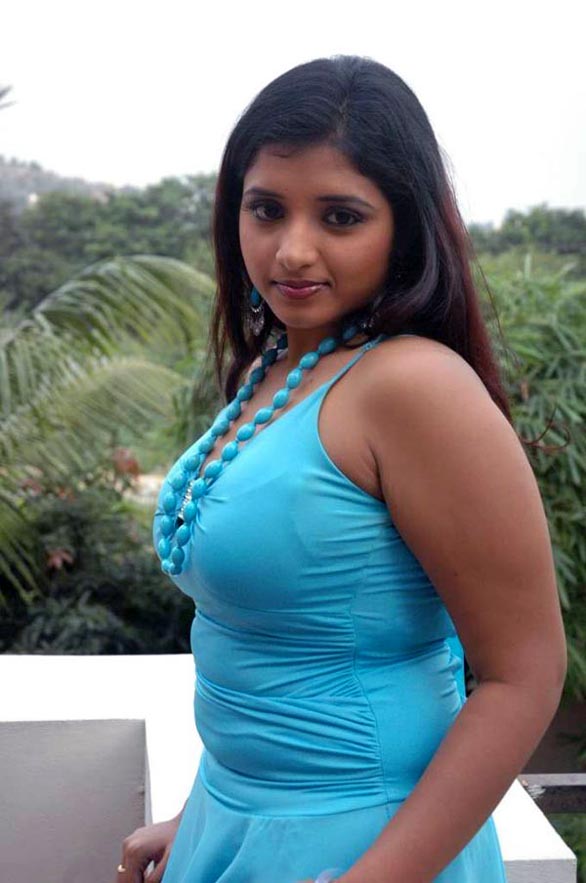The fascination with hot and boobs is a topic that often stirs conversations, evokes curiosity, and garners attention across various cultures. This phenomenon is not only about physical attraction but also intertwines with societal norms, media representation, and individual preferences. In this article, we will delve deep into the intricacies of this subject, examining its historical context, cultural implications, and the psychology behind attraction. We aim to present a well-rounded perspective that is both informative and engaging for our readers.
Understanding the allure of hot and boobs can lead to a broader discussion about body positivity, self-acceptance, and the evolving standards of beauty. With the rise of social media and digital platforms, images and definitions of what is considered "hot" have transformed significantly, impacting individual perceptions and societal standards. Through this exploration, we will highlight various factors that contribute to this ongoing fascination.
We invite you to embark on this journey with us as we dissect the elements that make hot and boobs a captivating subject. Our goal is to provide you with insights that not only inform but also encourage a healthier dialogue around body image and attraction. So, let’s get started!
Table of Contents
- 1. Historical Context of Beauty Standards
- 2. Cultural Implications of Physical Attraction
- 3. The Psychology Behind Attraction
- 4. The Movement Toward Body Positivity
- 5. Media Representation and Its Impact
- 6. Individual Preferences and Subjectivity
- 7. Conclusion
- 8. Call to Action
1. Historical Context of Beauty Standards
The concept of beauty has evolved significantly throughout history. In ancient civilizations, such as Greece and Egypt, certain body shapes and features were idealized, often reflecting the values and beliefs of the time. For instance, the ancient Greeks celebrated athletic bodies, associating physical prowess with moral virtue.
In contrast, during the Renaissance, a fuller figure was often seen as a sign of wealth and health, as food scarcity made slenderness less desirable. As we moved into the modern era, particularly in the 20th century, the standards of beauty began to shift dramatically with the influence of Hollywood and fashion industries.
2. Cultural Implications of Physical Attraction
Different cultures have unique standards of beauty, which can often lead to varying perceptions of what is considered "hot." In some cultures, voluptuous bodies are celebrated, while in others, a lean physique is preferred. This section explores how cultural backgrounds shape individual preferences and societal norms.
- Western cultures often idolize slim figures, influenced by fashion icons.
- Many African cultures celebrate curves, associating them with fertility and health.
- Asian beauty standards may emphasize delicate features and petite body sizes.
Global Influences on Beauty Standards
The globalization of media has further blurred these cultural lines, leading to a homogenization of beauty ideals. Social media platforms have enabled the spread of these ideals worldwide, influencing perceptions and aspirations across diverse populations.
3. The Psychology Behind Attraction
The psychology of attraction is a complex field that encompasses various factors, including biological, psychological, and social influences. Research has shown that physical attractiveness can evoke specific psychological responses, influencing interpersonal relationships.
- Symmetry is often associated with beauty and health.
- Facial features play a crucial role in initial attraction.
- Social and environmental factors can also influence what individuals find attractive.
The Role of Hormones
Hormones such as testosterone and estrogen can significantly impact attraction. Studies suggest that these hormones may affect preferences for certain physical traits, highlighting the biological underpinnings of attraction.
4. The Movement Toward Body Positivity
In recent years, the body positivity movement has gained momentum, challenging traditional standards of beauty and advocating for acceptance of all body types. This movement aims to empower individuals to embrace their bodies, regardless of societal expectations.
- Body positivity promotes self-love and acceptance.
- It encourages diversity in representation across media.
- Advocacy for mental health awareness is a crucial aspect of this movement.
5. Media Representation and Its Impact
Media plays a significant role in shaping perceptions of beauty and attraction. The portrayal of women and men in advertisements, films, and social media can reinforce or challenge existing beauty standards.
- Increased representation of diverse body types in media.
- Impact of influencers on beauty standards.
- Critiques of unrealistic portrayals in advertising.
6. Individual Preferences and Subjectivity
Attraction is ultimately subjective, varying from person to person. Factors such as personal experiences, cultural background, and individual psychology contribute to what one finds attractive.
- Personal experiences shape individual preferences.
- Societal influences can create pressure to conform to specific standards.
- Acceptance of diverse preferences can enhance personal relationships.
7. Conclusion
In conclusion, the allure of hot and boobs encompasses a wide array of cultural, psychological, and individual factors. Understanding these elements can lead to a more nuanced appreciation of beauty and attraction. As society continues to evolve, so too will our definitions of what it means to be attractive.
8. Call to Action
We encourage our readers to reflect on their perceptions of beauty and attraction. Share your thoughts in the comments below, and don’t forget to explore our other articles for more insights into cultural and societal trends. Together, let’s foster a community that celebrates diversity and promotes body positivity!
Thank you for joining us on this exploration of the fascinating world of hot and boobs. We hope to see you again soon as we continue to delve into topics that matter to you!
Article Recommendations


